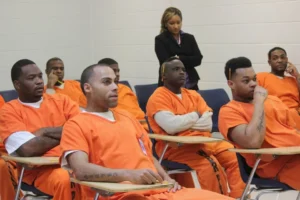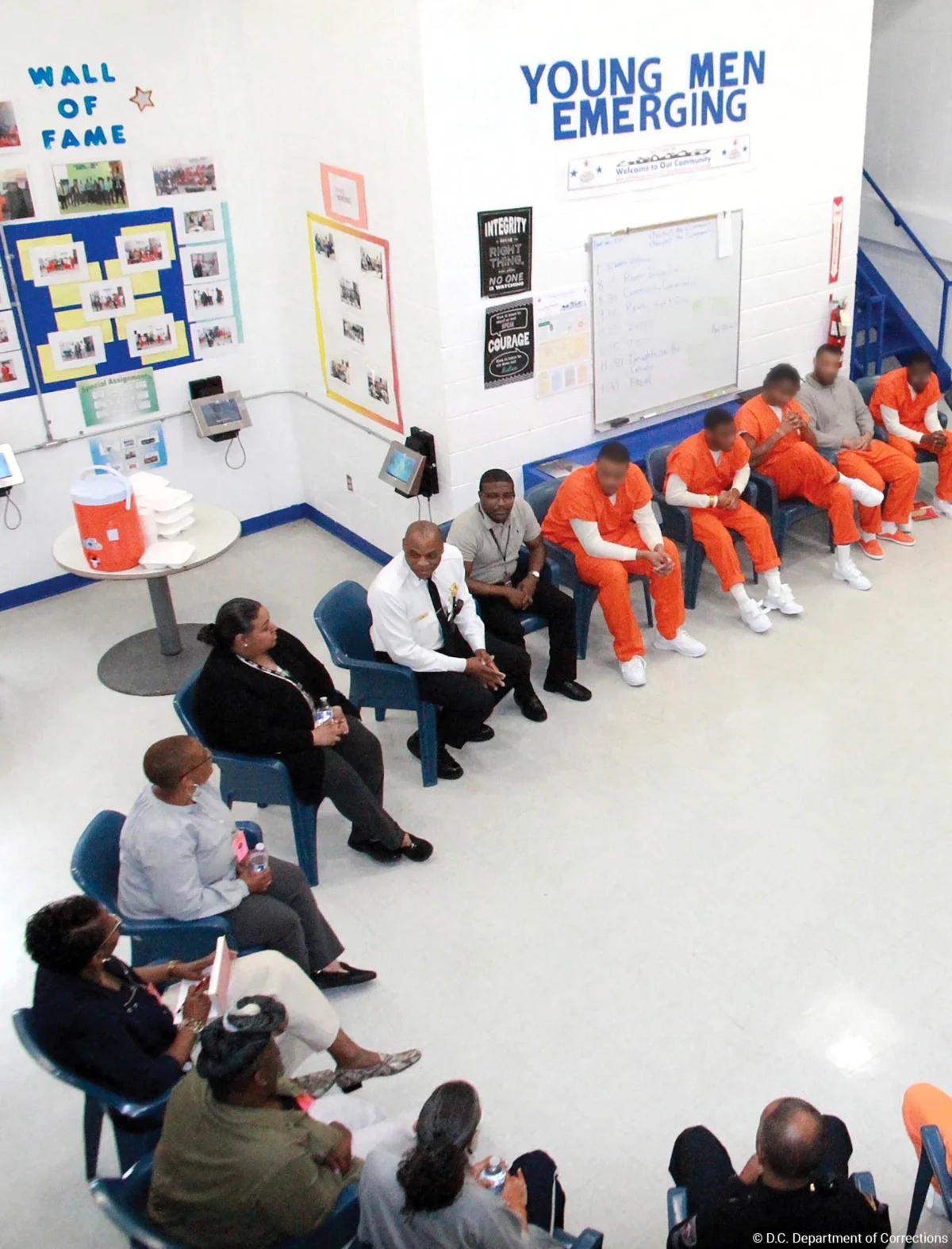By Tonya Sams
After time served in prison, an individual who has been incarcerated hopes to get a fresh start, but many challenges may cause this new chapter to be a difficult one. Hurdles such as limited access to employment opportunities, housing, and other necessities can make it extremely hard for someone to get reestablished in society. But there are some things that can be done prior to release to help get someone prepared for life outside of prison.
“The individual should create a reentry plan,” said Maria Smith, Supervising Attorney at The Legal Aid Society of Cleveland. “They should be working on this plan with somebody while they’re incarcerated.”
A reentry plan helps individuals make the transition from incarceration to reentering society. This includes determining where they will live, how they will find a job, training and other resources. A reentry advisory committee, made up of those who have experienced being incarcerated and have reentered society, could help with a reentry plan. Prison officials and families should also help to create this plan.
“For the family of the person incarcerated, they should think about how to best prepare for this person coming out of prison,” said Maria. “If this is a person they want to be a member of their household, they need to find out if there are any obstacles to them joining the household and try to navigate them beforehand.”
People living in federally subsidized housing sometimes assume that a person recently released cannot live with them. But there are only two absolute bans from federal housing: a conviction for producing methamphetamine on federally subsidized property or if they are required to register as a lifetime sex offender. Other than those two exceptions, housing authorities and other landlords should abide by HUD Guidance issued in 2016 that every person applying for a rental should have an opportunity for an individualized assessment.

If the individual desires to get a place of their own, they should research where they would like to live, what the rent amount would be, and if there are any programs for recently released individuals that offer rent assistance. They should also find out if they have an eviction record.
“When people are in jail without bail, they sometimes end up getting evicted because they haven’t had a chance to return to their home and move out and return the keys,” Maria said. “They need to determine if they had a landlord before they were incarcerated that will give them a positive reference. Is there someone who can step up and verify that they were a good tenant? They should think about what programs they have completed, what certificates they have earned while incarcerated that could demonstrate that they are ready to do what’s required of a tenant.”
Individuals should also get a new state identification card as soon as they are released, enroll in Medicare if they are or will be 65 years old after release, and research their conviction record. Most importantly, when they get settled in, individuals should find reentry groups to connect with.
Resources for those reentering are available at North Star Neighborhood Reentry Resource Center: northstarreentry.org/services.php.
For Cuyahoga County Reentry Awareness Month events go to lasclev.org/reentryweek2025/
If you need assistance with a civil legal issue, call Legal Aid at 888-817-3777, or complete an online intake at lasclev.org/apply.
Tonya Sams is a Development & Communications Manager at The Legal Aid Society of Cleveland.




